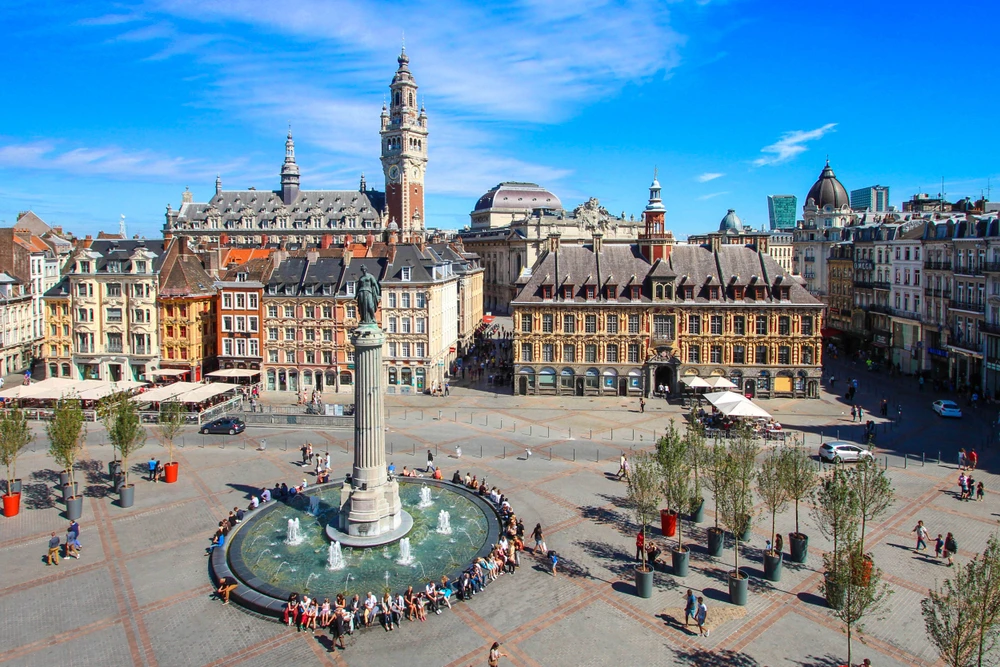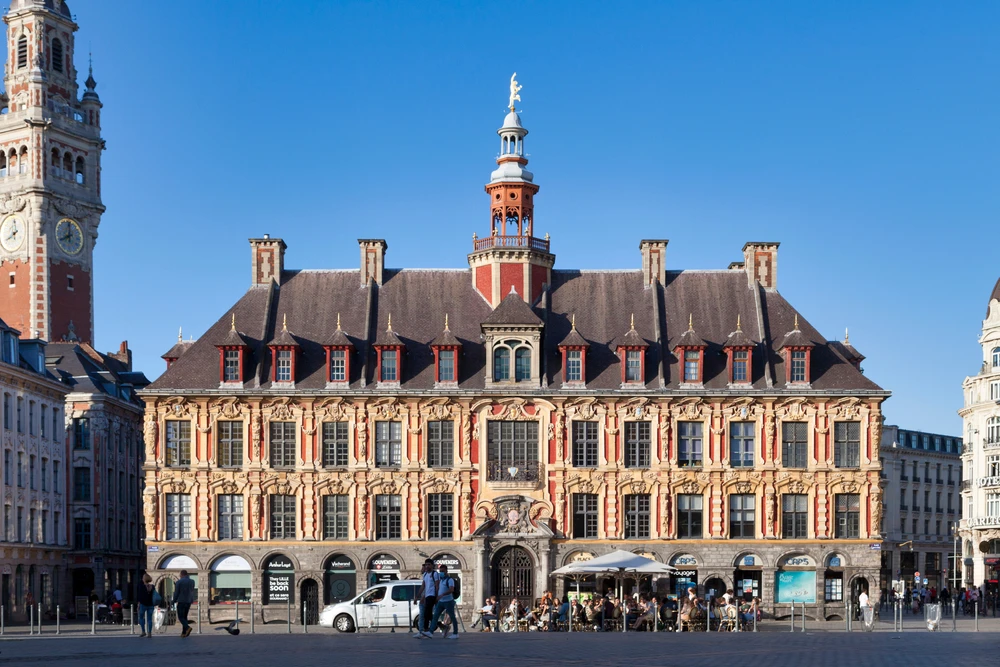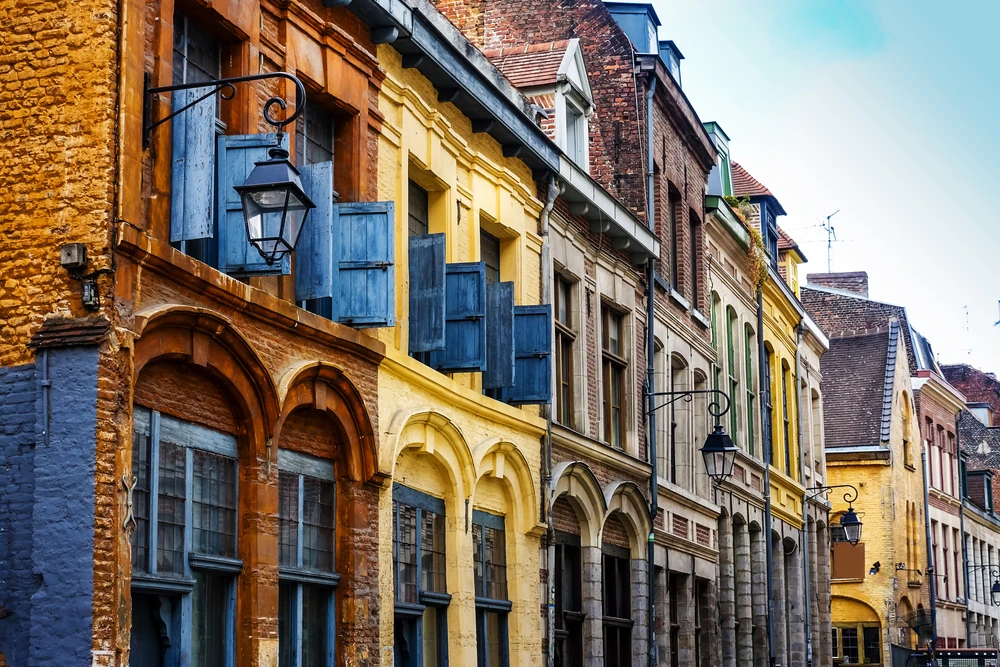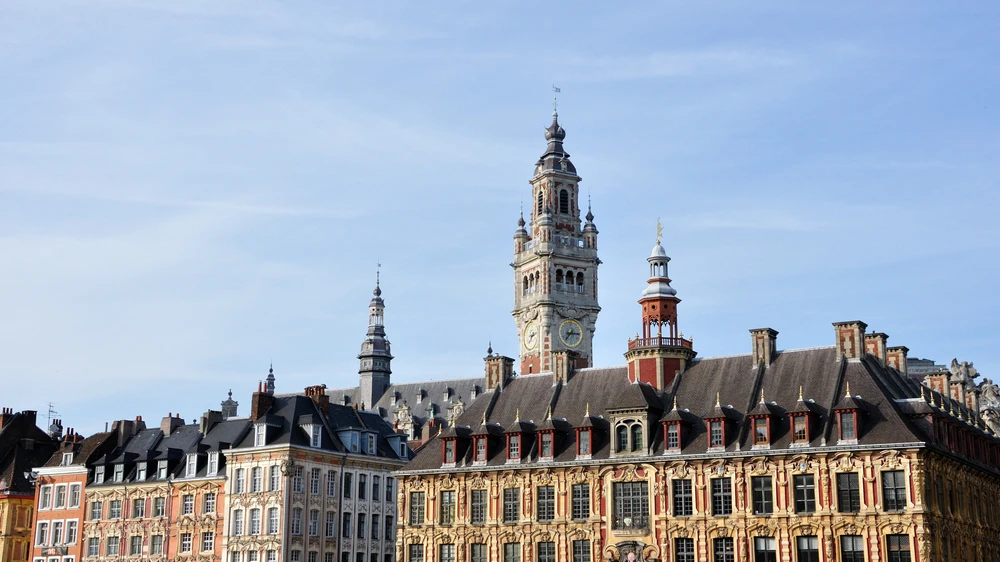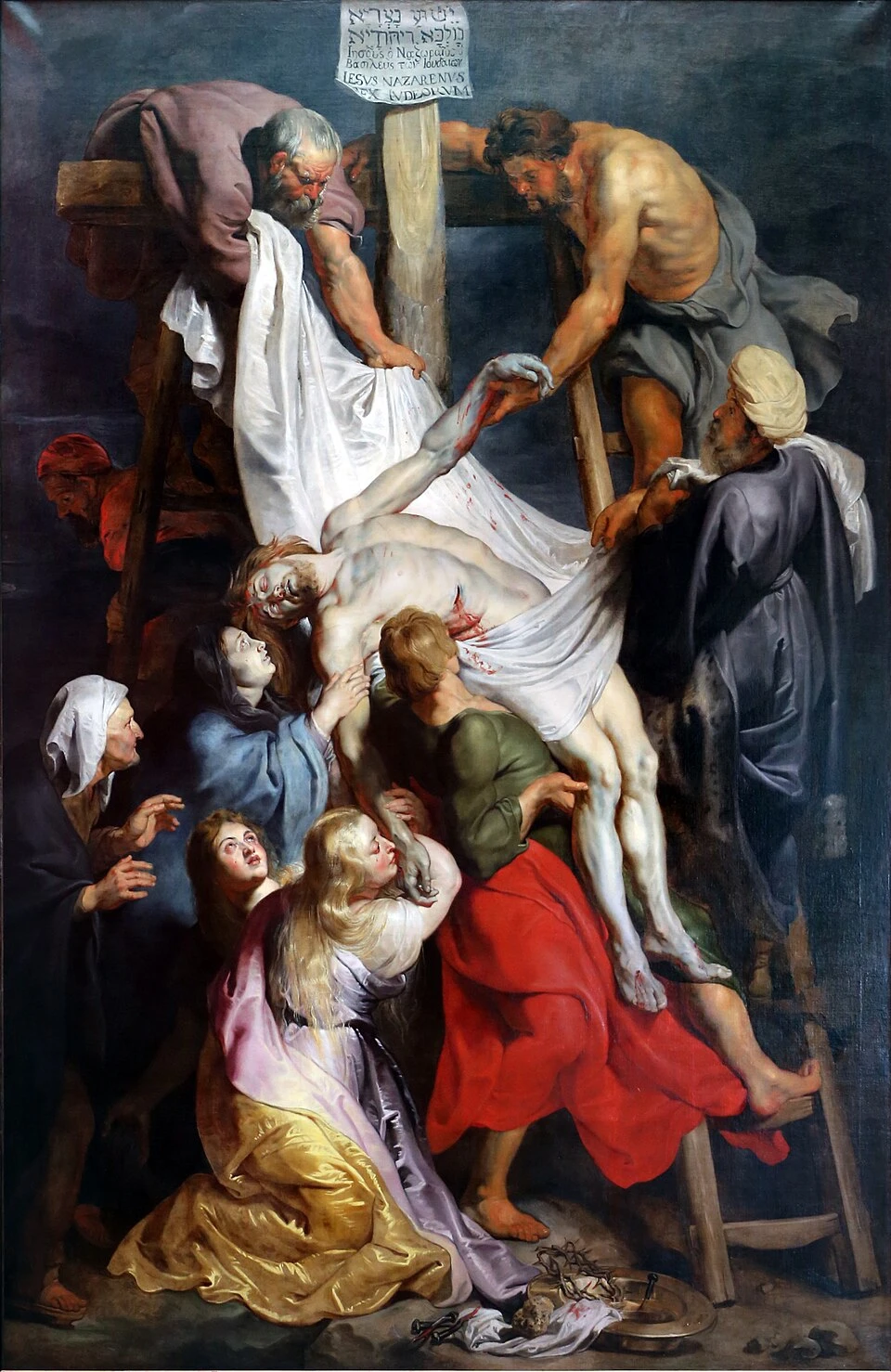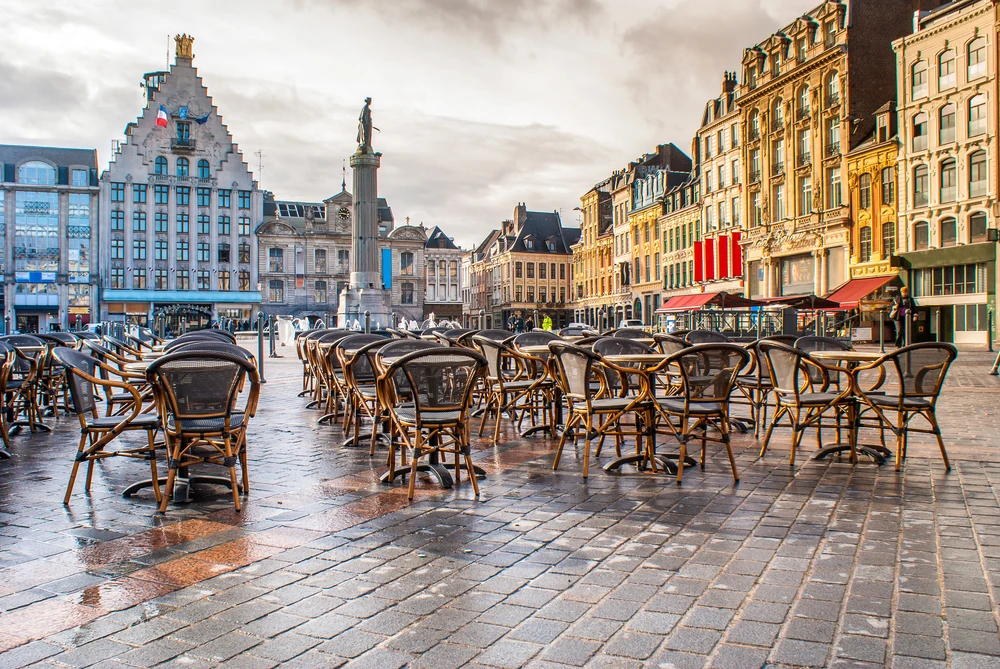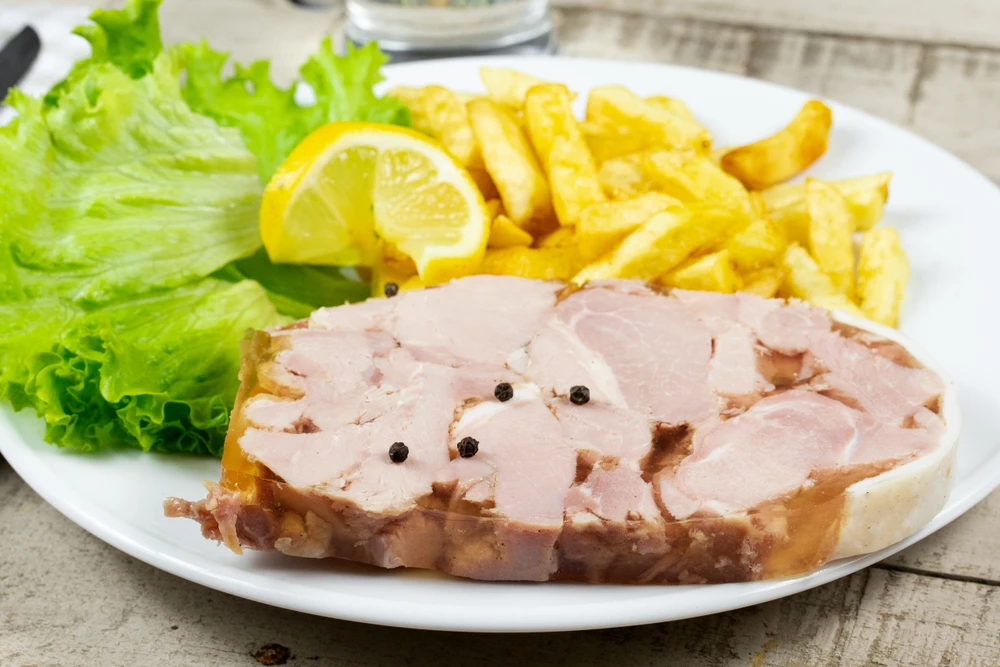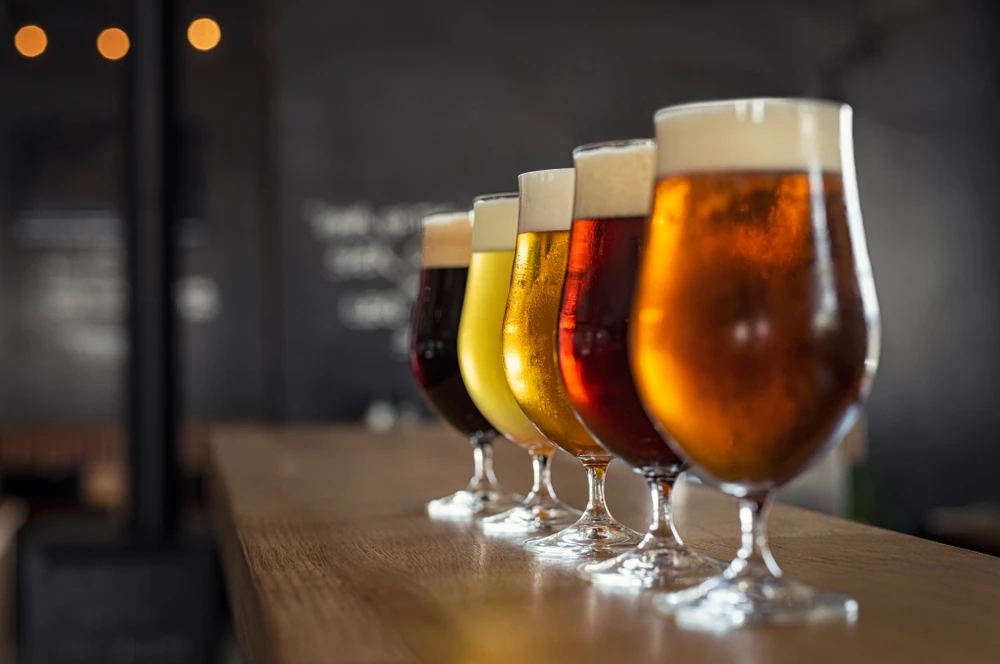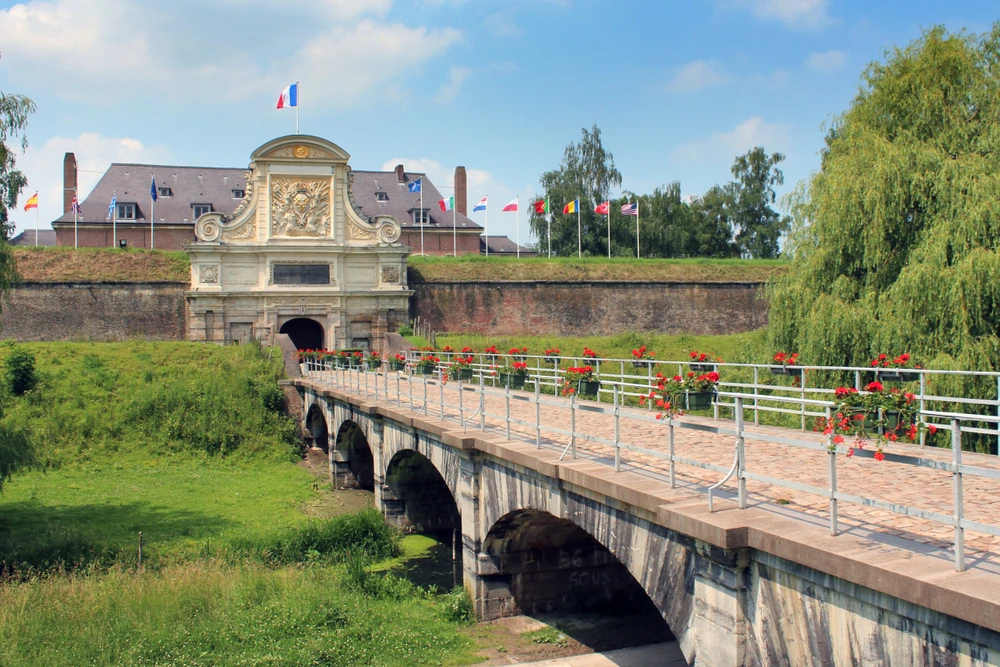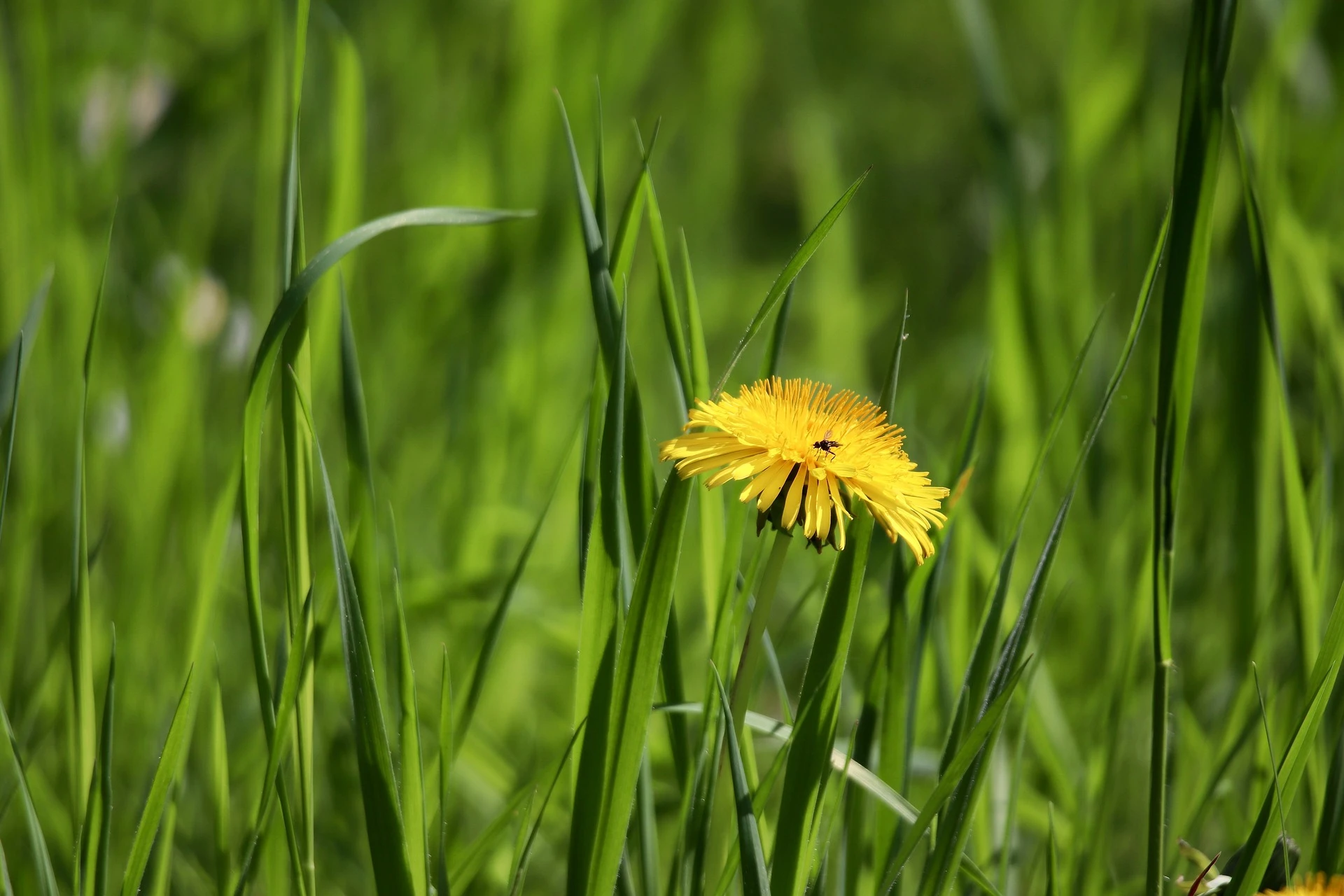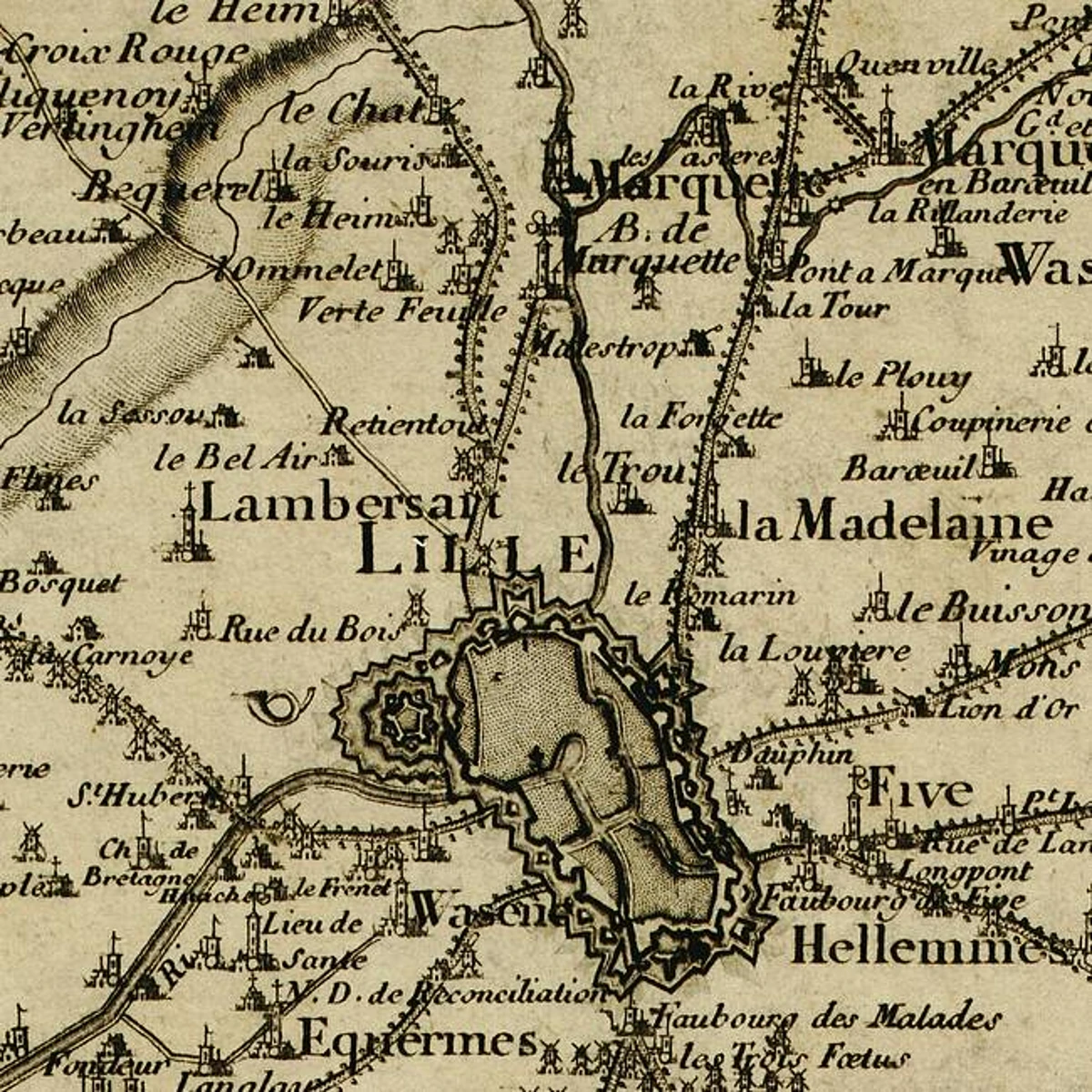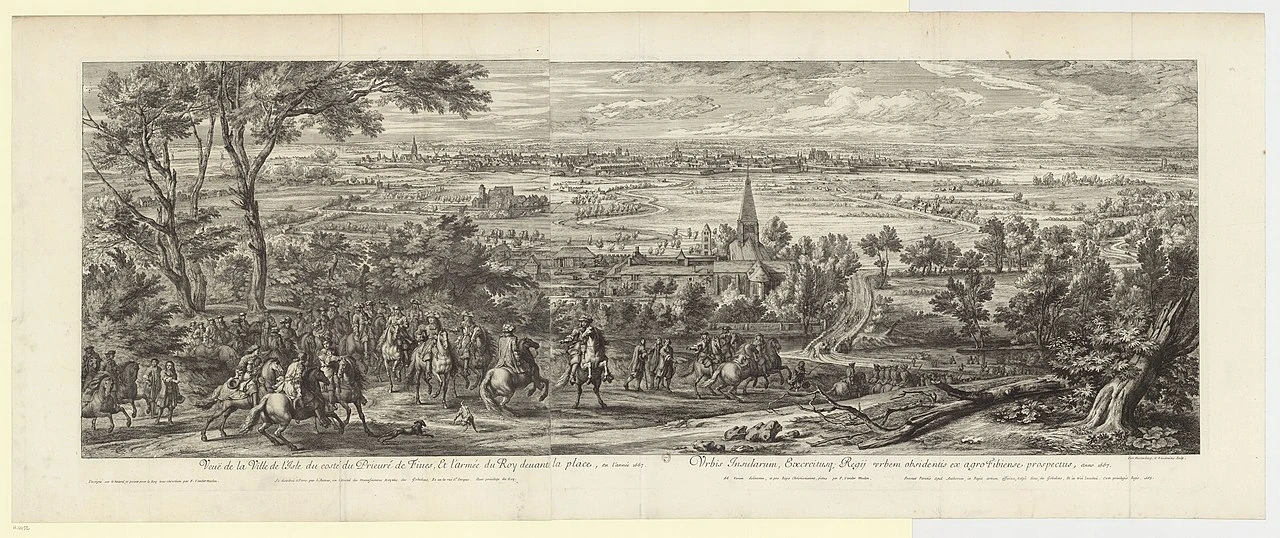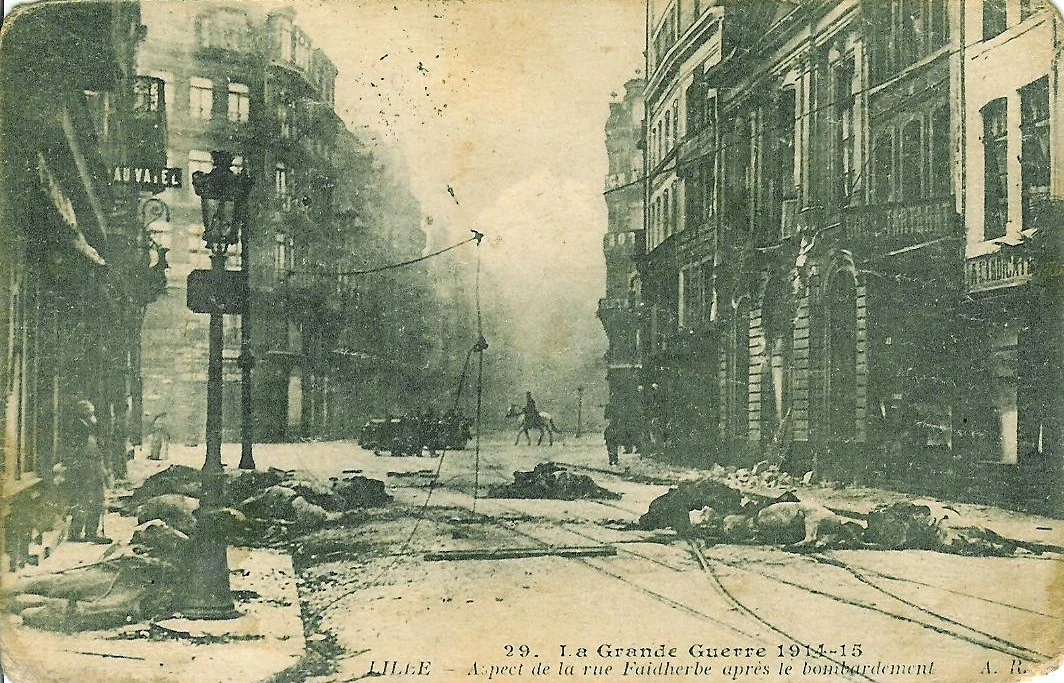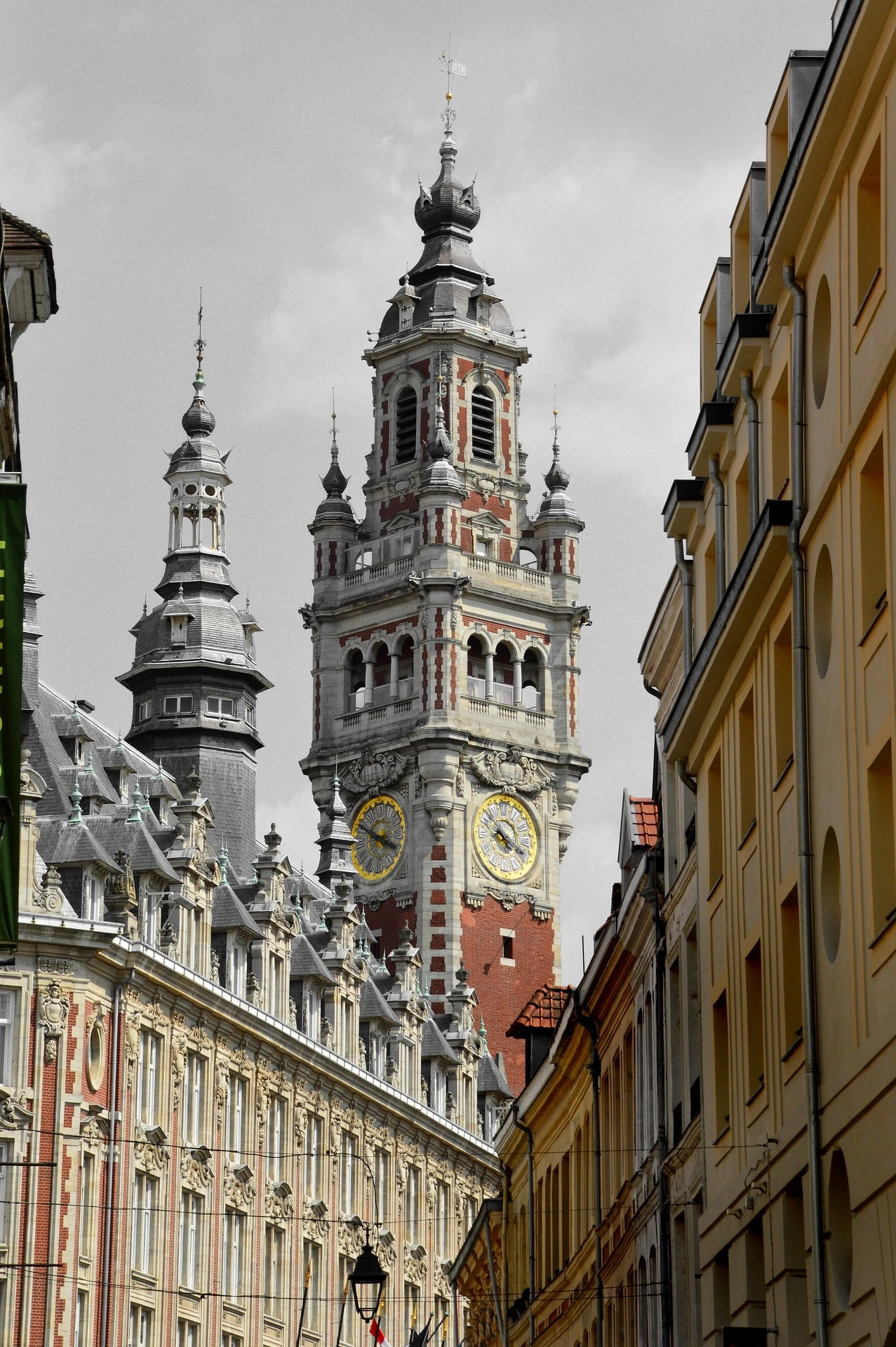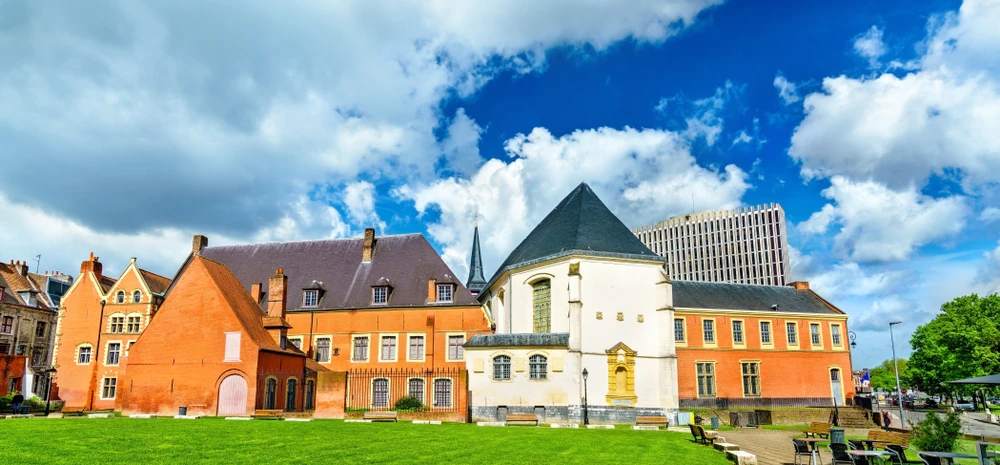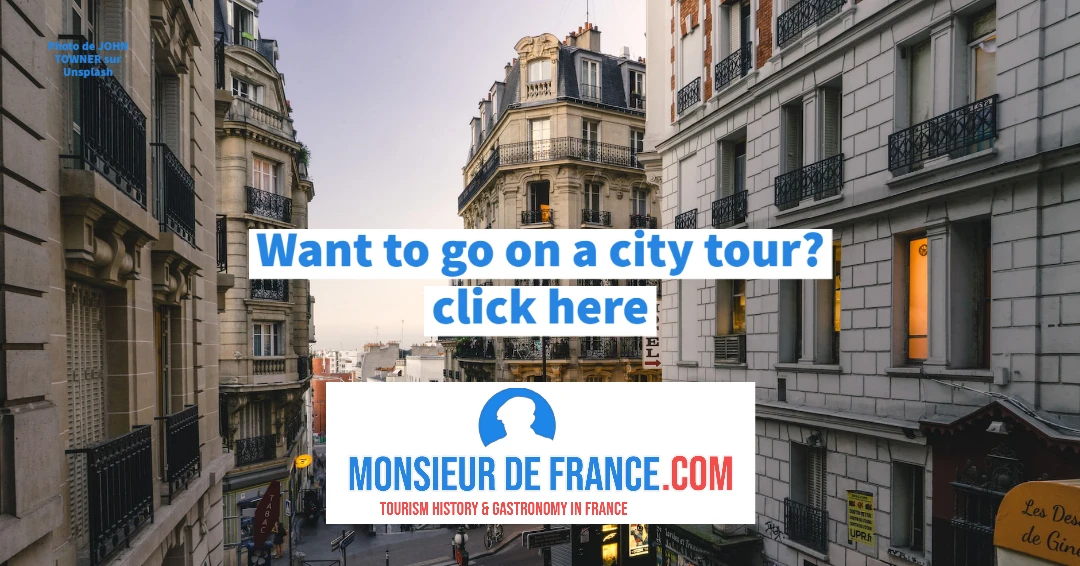What to see in Lille
The Grand-Place, the lively heart of the capital of Flanders
Impossible to start anywhere else. The Grand-Place, or Place du Général-de-Gaulle, is Lille's nerve center. Surrounded by brightly colored Flemish facades, it's home to some iconic landmarks. The colonne de la Déesse, erected in 1845, recalls the heroic resistance of the people of Lille in 1792. All around, the architecture tells the story: the 17th-century Vieille Bourse, the former Grand-Garde now Théâtre du Nord, and the Art Deco building of La Voix du Nord with its small belfry. The Grand-Place is the city's permanent theater, where locals and visitors alike gather.
La grand place par MisterStock/Shutterstock.com
The Old Stock Exchange, a jewel of the Flemish Renaissance
A stone's throw away, the Vieille Bourse (1652-1653) is a masterpiece. Twenty-four houses lined up form an inner courtyard crowded with secondhand booksellers, chess players and bargain hunters. With its red bricks, white stones and mascarons, it's one of Lille's most beloved monuments.
Lille's old stock exchangeby BreizhAtao/Shutterstock.com
Old Lille, a walk through history
The Vieux-Lille is a postcard setting. Cobbled streets, brick facades, stepped gables: every corner reveals a Flemish charm. Here you'll find the cathédrale Notre-Dame-de-la-Treille, surprising with its translucent marble facade, as well as the Hospice Comtesse (13th century), now a museum retracing Lille life. Getting lost in Vieux-Lille means discovering estaminets, elegant boutiques, art galleries. It's the assurance of a journey through the centuries.
Old Lilleby ilolab/Shutterstock.com
The Hôtel de Ville belfry, a UNESCO symbol
At 104 meters high, the City Hall Belfry in Lille is the tallest civil belfry in Europe. Classified as a UNESCO World Heritage Site, it symbolizes the freedom of Flemish cities. Built between 1924 and 1932, in an Art Deco style, it dominates the city. To climb to the top is to embrace Lille and the northern plain in a single glance.
la Grand Place par sebastien hovaguimian/Shutterstock.com
Museums, from Rubens to local history
Lille isn't just a city of bricks: it's also a city of art. The Palais des Beaux-Arts, nicknamed the "Louvre of the North", is one of France's largest museums, with collections by Rubens, Goya, Delacroix, Courbet. A must-see for painting enthusiasts. In Vieux-Lille, the Hospice Comtesse houses paintings, objects and decor relating to local history. As for the Musée d'Histoire Naturelle, it attracts families with its zoological and mineralogical collections. Lille is a city of art and memory, where each museum tells a different story.
Rubens descent from the cross By Sailko - Own work, CC BY 3.0, https://commons.wikimedia.org/w/index.php?curid=146331534Alternative SEO text: Palais des Beaux-Arts de Lille with its prestigious collections.
The Braderie de Lille, a giant and popular festival
Every first weekend in September, la Braderie de Lille attracts nearly two million visitors. It's Europe's biggest flea market. Brocanteurs, locals and shopkeepers display their treasures in the streets. Unique ambience, mountains of moules-frites and shared beers: the Braderie is an event to experience at least once in your life.
Gastronomy in Lille
Little couple Dziorek Rafal/Shutterstock.com
Estaminets, the soul of the North
You can't visit Lille without pushing open the door of a estaminet, those typical little restaurants. They share hearty dishes, local beer and plenty of conviviality.
The must-try dishes
Among the classics are carbonade flamande, beef simmered in brown beer with gingerbread, flamiche au maroilles, welsh rarebit topped with beer-melted cheddar, and potjevleesch ("potch"), cold meats in vinegar jelly. This is a cuisine that keeps the heart and shoulders warm.
Potjevleesch par page frederique/Shutterstock.com
Sweet treats from Lille
On the sweet side, Méert's filled waffles (a recipe kept secret since 1849) are a must-try. Les merveilleux, meringues covered in cream and chocolate shavings, or tarte au sucre complete this gourmet picture. In Lille, gourmandise is a point of pride.
Beer and conviviality
The Nord is a land of breweries. White, amber, triple: every dish finds its beer. Artisanal breweries flourish, perpetuating a centuries-old tradition. Here, we drink in moderation, but above all with pleasure and sharing.
What to see around Lille
Lille Citadel, Vauban's masterpiece
Just a stone's throw from the center, we enter another world: that of Vauban's fortifications. Built between 1667 and 1670, just after Louis XIV conquered Lille, the Citadelle was dubbed the "queen of citadels" by its creator. Its star-shaped layout, typical of Vauban, still impresses today. The Citadelle is still occupied by the army, but its ramparts and surroundings can be visited. All around, the large Citadelle park is Lille's green lung: joggers, families, students cross paths. There's also a small free zoo, popular with locals. A place where heritage and daily life meet.
The Vauban citadel in Lille by MisterStock/Shutterstock.com
Wazemmes, a colorful market
On Sunday mornings, Wazemmes vibrates. Its market is one of the most famous in France: stalls of fruit, vegetables, cheese, spices, fabrics... and an incomparable atmosphere. You come here to shop, but above all for the human spectacle: students, families, old-timers, tourists, all Lille is here. Around the halles, cafés overflow onto terraces. We order a coffee, a beer, a plate of Northern cheeses, and watch this popular theater. Wazemmes is Lille's popular soul, lively and colorful.
Euralille, contemporary Lille
Behind Lille-Europe station, another face emerges: that of Euralille, a business district born in the 1990s. Designed by architect Rem Koolhaas, it's a collection of glass and steel towers, offices, housing and a large shopping mall. Euralille symbolizes the connected metropolis, as it's where TGV trains from Paris, Brussels and London cross. A stone's throw from Vieux-Lille, this modernity contrasts with the Flemish bricks. It shows that Lille is both a city of heritage and a city of the future.
Gardens and green breaks
couple Annette Meyer de Pixabay
In addition to the Parc de la Citadelle, Lille has other green havens in store. The jardin Vauban, romantic with its stream and artificial caves, is ideal for a romantic stroll. The parc Jean-Baptiste Lebas, with its lawns and playgrounds, attracts families and students alike. On the place de la République, at the foot of the Palais des Beaux-Arts, fountains and terraces offer a breathtaking moment.
Lille isn't just a city of bricks and mortar: it's a city that knows how to take a break.
History of Lille
Map of the surroundings of Lille By Joseph de Ferraris (1726-1814) - http://teca.bncf.firenze.sbn.it/ImageViewer/servlet/ImageViewer?idr=BNCF0003497497, Domaine public, https://commons.wikimedia.org/w/index.php?curid=48265879
The origins of a coveted city
Lille appealed early on to the Counts of Flanders, who made it a key city on a par with Ghent or Bruges. Its strategic position, at the crossroads of trade routes and on the banks of the Deûle, attracted covetousness. English, Burgundian, Spanish, French, German: the city changed hands for over a thousand years. The cannonballs still visible in some facades are a reminder of the successive battles and sieges. Lille was a city under siege, but never subdued.
A city thriving on trade
In the Middle Ages, Lille became a major textile center. Drapers and merchants set up workshops, and the city grew rich. The cloth and linen trade made the fortune of the people of Lille. This prosperity can still be seen in the architecture: private hotels, bourgeois houses, public buildings. Lille is the wealth of Flanders, oriented towards trade and work.
The French conquest and the "queen of citadels
The Siege of Lille in 1667 / By Adam François van der Meulen - This image is from the Gallica online library under ARK ID btv1b531726264, Public domain, https://commons.wikimedia.org/w/index.php?curid=88841507
In 1667, Louis XIV took Lille during the War of Devolution. To secure this conquest, he commissions Vauban to build an impregnable citadel. In just a few years, Lille becomes French, but retains its Flemish soul. This duality - a French city with a Flemish spirit - is still one of the keys to its identity today. We're in Flanders and France at the same time, and it's this mix that makes Lille so charming.
The industrial age
In the 19th century, Lille was transformed by the industrial revolution. Factories, spinning mills and working-class neighborhoods expanded. La ville devient un center textile européen, et son dynamisme attire ouvriers, entrepreneurs et étudiants. De cette époque naissent aussi de grands boulevards, des équipements publics, des musées. Industrial wealth shapes Lille's urban planning and society.
Wars and reconstruction
Destructions in Lille in 1915 / By A.R (A.Richard, ed. Paris - Postcards from the 1910s, Domaine public, https://commons.wikimedia.org/w/index.php?curid=15550914
Like many cities in the Nord region, Lille suffered from the wars. Occupied by the Germans in 1914-1918, it struggled to recover. The 1920s saw the construction of Art Deco buildings, such as the Hôtel de Ville belfry. During the Second World War, Lille was once again occupied. But the city held out, and was liberated in September 1944. Each war leaves scars, and each time succeeds it with new energy. Lille is phoenix.
Lille today
At the end of the 20th century, the textile crisis hit hard. Lille reinvents itself: arrival of the TGV, creation of Euralille, universities and a booming cultural life. European Capital of Culture in 2004, Lille asserts its metropolitan role. Today, Lille is a creative and welcoming metropolis, looking to Europe. It combines Flemish heritage and modernity, gastronomy and culture, traditions and innovations.
Practical information for visiting Lille
par VIVIANE M. de Pixabay
Coming by train
Lille is a TGV city. Two main stations:
-
Lille-Flandres, right in the center, serves Paris in 1h, Brussels in 38 minutes.
-
Lille-Europe, just a few steps away, welcomes Eurostar and Thalys (London in 1h20, Brussels in 35 min).
Air travel
Lille-Lesquin airport (LIL) is 10 km from the center. A direct shuttle connects to the Lille-Flandres train station in 20 minutes.
countess's hospice by Leonid Andronov/Shutterstock.com
Getting around Lille
-
Subway: 2 automatic lines (fast and convenient).
-
Tramway Mongy: links Lille to Roubaix and Tourcoing.
-
Bus: dense, covers the whole metropolis.
-
V'Lille: self-service bicycles.
👉 The center is best visited on foot: everything is close by and pleasant to navigate.
Coming by car
Lille ↔ Paris
-
🚄 By train (TGV): approx. 1h00 (Paris Gare du Nord ↔ Lille-Flandres, 225 km).
-
🚗 By car: approx. 2h20 to 2h40 depending on traffic (220-225 km via A1).
Lille ↔ Brussels
-
🚄 By train (TGV / Thalys / Eurostar): approx. 35 to 40 minutes (110 km).
-
🚗 By car: approx. 1h20 to 1h40 depending on traffic (110-115 km via E42/A27).
Lille ↔ London
-
🚄 By train (Eurostar via Lille-Europe): approx. 1h20 (direct train, 240 km).
-
🚗 By car (with tunnel crossing or ferry): approx. 4:30 to 5:00 (280-300 km, plus time to Calais).
Tourist office
📍 Palais Rihour, place Rihour: ideal starting point for maps, guided tours and reservations.

